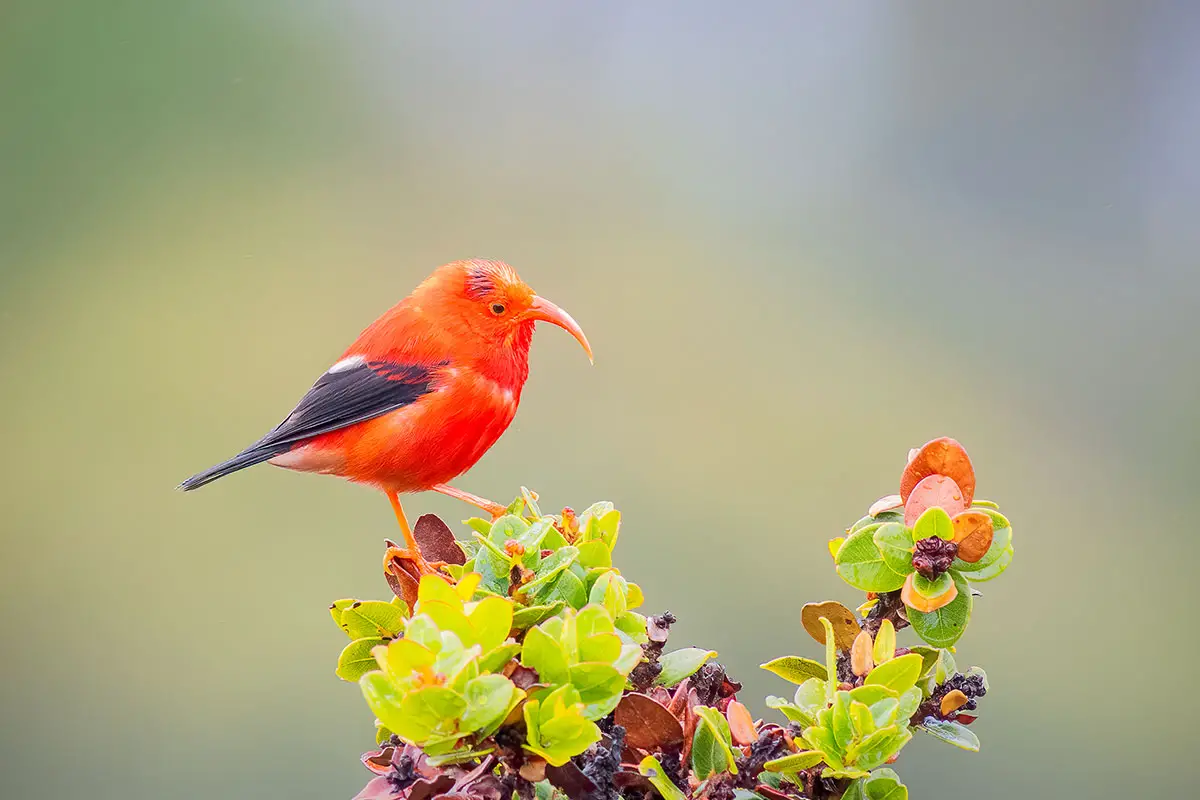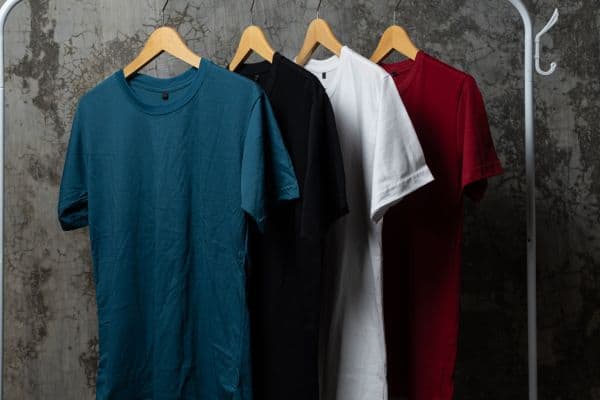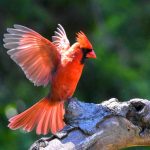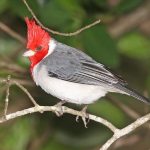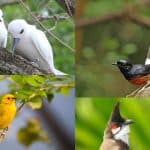Birdwatching, or birding, is a rewarding experience that can bring you closer to nature. And what better place to indulge in this hobby than the beautiful Hawaiian Islands? Known for their diverse avian life, each island of this tropical paradise offers an unparalleled birding adventure. But before you take off, it’s crucial to know what you’re packing for your birdwatching adventure in Hawaii so that you can make the most of your trip.
Article Highlights:
- Essential items to pack for a birding trip to Hawaii
- Top birdwatching hotspots across the Hawaiian Islands
- An overview of the most common and rare birds to spot in Hawaii
Packing For Birdwatching in Hawaii
1. Binoculars
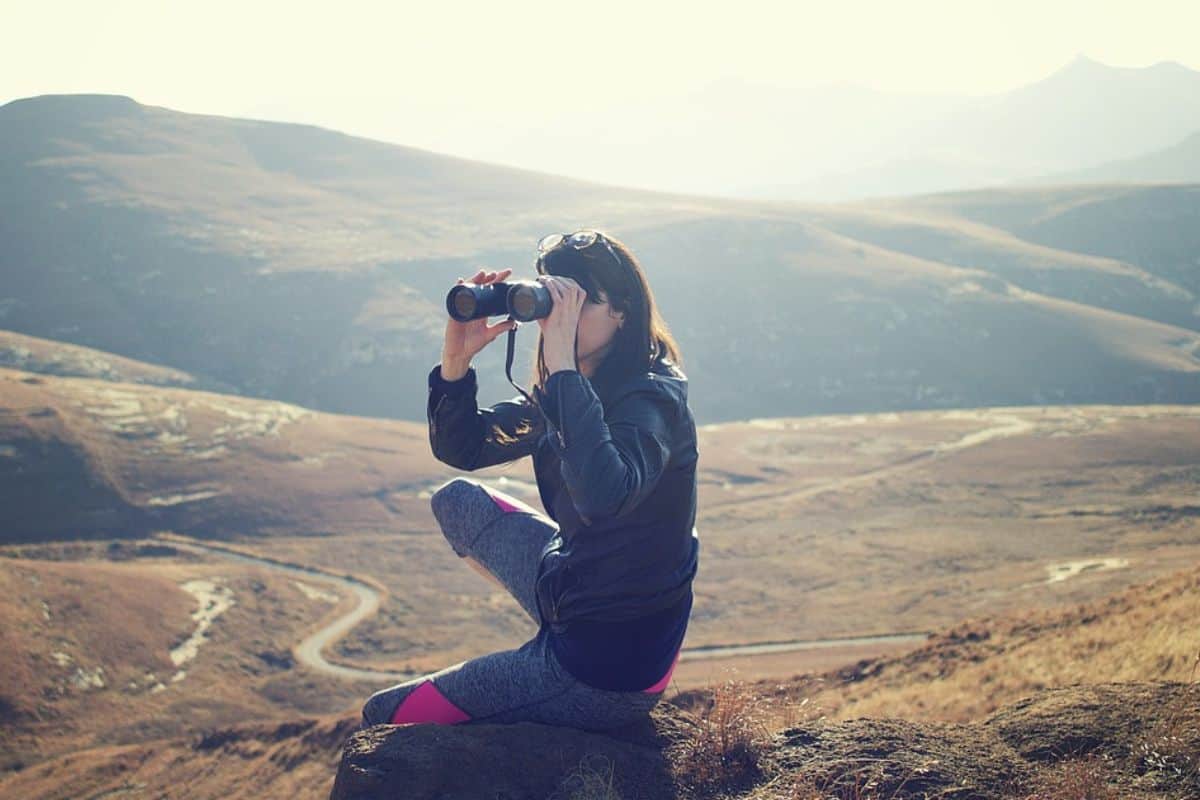
A pair of high-quality binoculars is the birdwatcher’s best friend. When selecting your binoculars, consider the magnification power, as this can make the difference between observing a bird’s generic form and appreciating intricate details of its plumage.
The Hawaiian Islands are home to a wide variety of birds, some of which are endemic, meaning they’re not found anywhere else in the world. Equipping yourself with quality binoculars can enhance your experience, providing a close-up view of these unique creatures.
Another important consideration is the light-gathering ability of the binoculars. As you might be birdwatching during different times of the day, binoculars that perform well in low light can extend your birdwatching activities to dawn and dusk – times when many birds are most active.
2. DSLR Camera and Lenses
A high-quality DSLR camera is indispensable for capturing those breathtaking moments in birding. The diverse avian life in Hawaii offers plenty of opportunities to photograph vibrant and unique species. A camera with a quick shutter speed will help capture birds in flight, while a good megapixel count ensures the images are crisp and clear.
However, a camera is only as good as its lens. A telephoto lens, in particular, is excellent for bird photography as it allows you to zoom in on birds without disturbing them. The ability to maintain a distance is especially critical in Hawaii where laws protect many bird species, and encroachment on their space is prohibited.
3. Camera Backpack
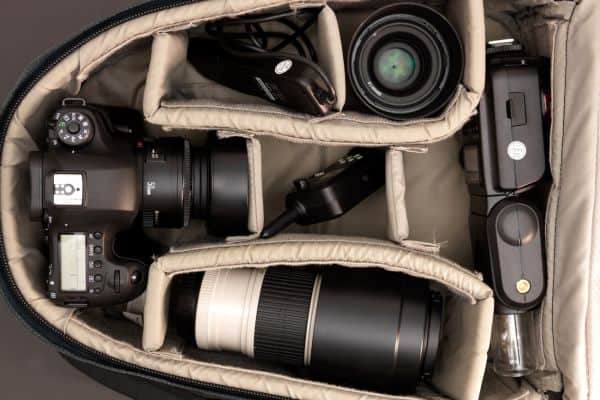
Protection for your camera and lenses is just as important as the equipment itself. A sturdy, waterproof camera backpack is essential for safeguarding your gear against the elements. Hawaii’s weather can be unpredictable, and a sudden downpour could spell disaster for unprotected equipment.
Additionally, a good camera backpack is designed to hold camera gear securely, reducing the risk of damage from shock or impact. As birding in Hawaii often involves traversing uneven terrain, this extra protection can be a real lifesaver for your precious equipment.
4. Rain Jacket
Despite its reputation for sunny, tropical weather, Hawaii’s climate can vary considerably across different parts of the islands. Being caught in a sudden shower without a rain jacket can make your birdwatching trip uncomfortable.
A lightweight, waterproof rain jacket can not only keep you dry during unexpected showers but also serves as a windbreaker on windier days. This double-duty item is a must-pack for any birdwatching adventure in Hawaii, ensuring you stay comfortable and can focus on the fascinating birdlife.
5. Hiking Boots

Hawaii’s best birding spots often require a bit of a trek. From the rainforests of Kauai to the lava fields of Big Island, the terrain can be rough and challenging. High-quality hiking boots are essential for these conditions.
A good pair of boots provides the support and stability needed to navigate uneven ground, and waterproof ones offer additional protection in wet conditions. Your boots can mean the difference between a challenging trek and an enjoyable stroll through nature, so invest in a pair that’s up to the task.
6. Day Backpack

A good day backpack is essential for any birding trip. You’ll need something to carry your binoculars, camera, field guide, snacks, water, and other necessities. Look for a backpack with multiple compartments to help you organize your gear.
Also, comfort is key – padded shoulder straps and a supportive back panel can make all the difference when you’re carrying the pack for hours. Like your other gear, it’s a good idea to choose a backpack that’s water-resistant or waterproof to protect your belongings from the elements.
7. Extra Batteries and Memory Cards
When you’re out in the field, you don’t want to miss a shot because of a dead battery or full memory card. Carrying extra batteries ensures your camera is always ready to capture the action. Make sure to research how long your camera’s battery typically lasts and pack accordingly.
Similarly, having additional memory cards on hand allows you to continue shooting without worrying about storage space. High-resolution images and videos can fill up memory cards quickly, especially when you’re in a location as rich in birdlife as Hawaii. Packing extra memory cards lets you capture as many of these remarkable moments as possible.
8. Hawaii Bird Watching Book

Bird watching is more rewarding when you can identify what you’re looking at. A field guide to Hawaiian birds is an essential companion for any birder visiting the islands. These guides usually contain pictures, descriptions, and information about habits and habitats, making it easier to identify and understand the birds you encounter.
Look for a guide that’s lightweight and durable, ideally with waterproof pages. Books specifically focused on Hawaiian bird species will be most useful, as they’ll cover the unique and endemic species you’re likely to see during your trip.
9. Hydration Pack/Water Bottle
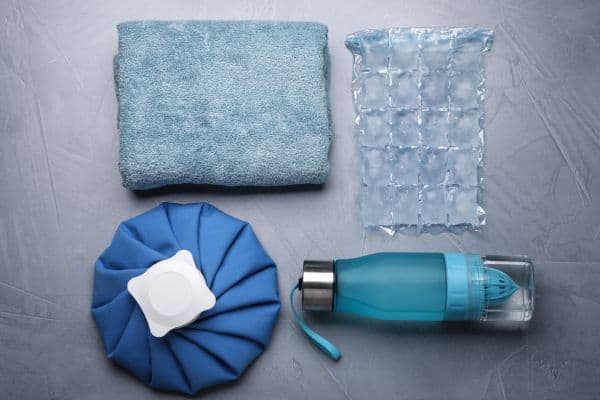
Staying hydrated is crucial, especially in Hawaii’s tropical climate. Pack a reusable water bottle or hydration pack to make sure you always have water at hand. Remember, birdwatching often involves long periods of time spent outside, so you’ll need to replenish fluids regularly to stay in top birding shape.
10. Snacks

Pack some high-energy snacks to keep you fueled during your birdwatching adventures. Nuts, trail mix, granola bars, or dried fruit are great options. They’re lightweight, don’t spoil easily, and provide a quick energy boost when needed.
11. Sun Protection (Reef-Safe)
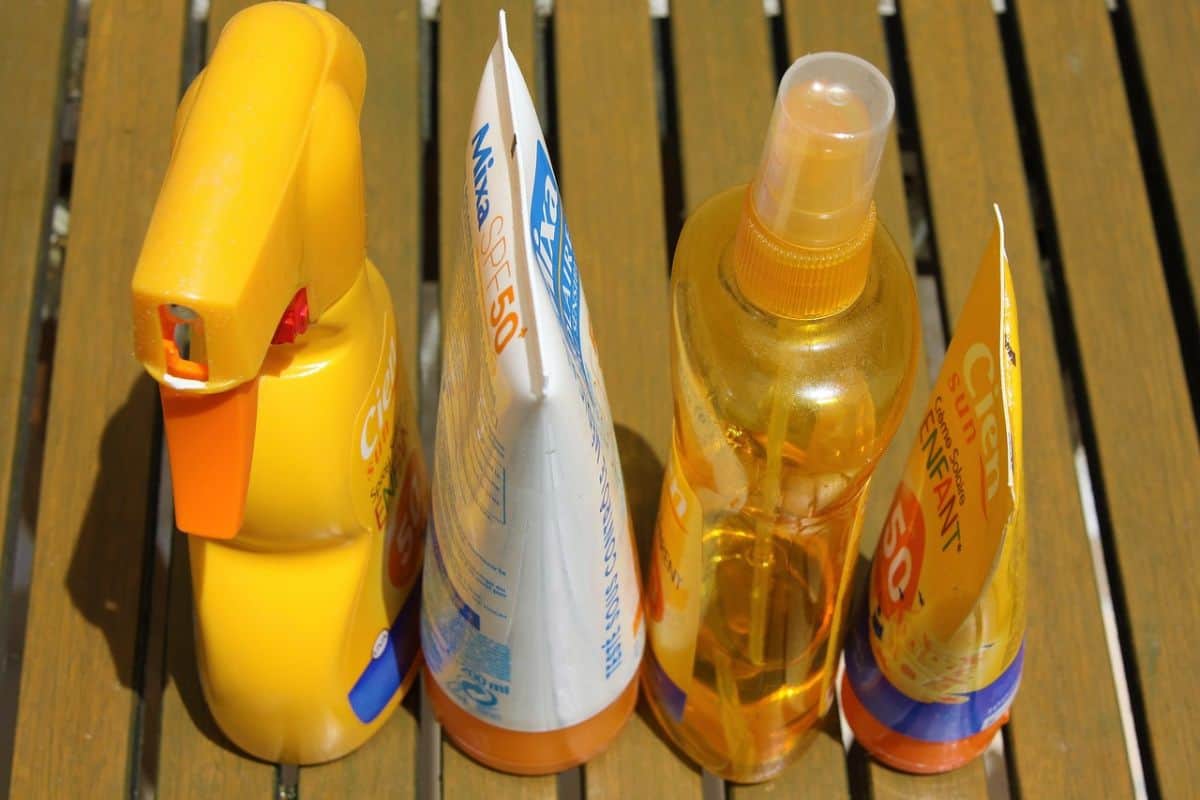
Given Hawaii’s tropical location, protecting yourself from the sun is essential. Pack a wide-brimmed hat, sunglasses, and a high SPF sunscreen. Not only will these items protect you from potential sunburn, but they’ll also make your birding experience more comfortable by reducing glare and shielding your eyes.
It’s important to note that sunscreens can impact coral reefs, so when choosing your sun protection, opt for a reef-safe sunscreen. These sunscreens lack chemicals harmful to coral, making them a much more environmentally friendly option in the delicate Hawaiian ecosystems.
12. Notebook and Pen

A notebook and pen can come in handy for jotting down your sightings, sketching birds, or making notes about behavior and habitats. It’s a great way to record your experiences and observations for future reference.
13. Bug Spray

Insects can be a nuisance in Hawaii’s forests and nature reserves. Protect yourself by packing a good insect repellent. Consider one with DEET for effective protection, but remember that natural alternatives are available if you prefer.
14. Portable Charger
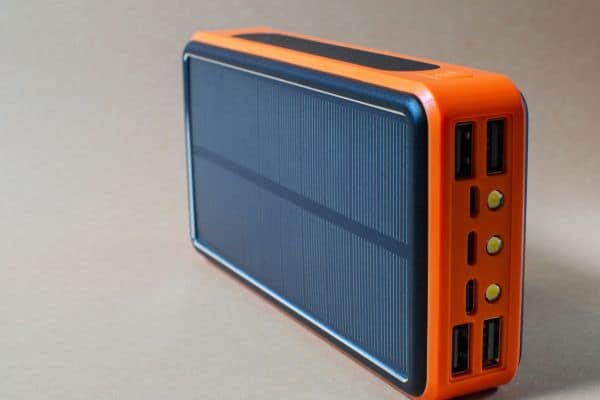
A portable charger can be a lifesaver on long days out in the field. It can recharge your camera, phone, or other devices when you don’t have access to power outlets.
15. First Aid Kit

Always carry a basic first aid kit. It should include band-aids, antiseptic wipes, tweezers, and a compression bandage. Whether it’s a minor cut or a twisted ankle, being prepared can make a huge difference.
16. Lightweight, Quick-Dry Clothing
In Hawaii’s tropical and often humid climate, lightweight, quick-drying clothing can increase your comfort significantly. You might get wet from rain showers or sweat, and having clothes that dry quickly will keep you comfortable. Consider packing clothes in layers so that you can add or remove them as needed.
17. Swimsuit and Towel

Birdwatching in Hawaii is not just about birds; it’s also about enjoying the islands’ stunning beaches and crystal-clear waters. Don’t forget to pack a swimsuit and a lightweight, quick-drying towel.
18. Field Scope or Telescope

For birders who want to take their hobby to the next level, a field scope or telescope offers greater magnification than binoculars. Hawaii’s diverse landscapes and wide-open spaces can make these tools particularly useful.
19. Respect for Nature and Hawaiian Culture
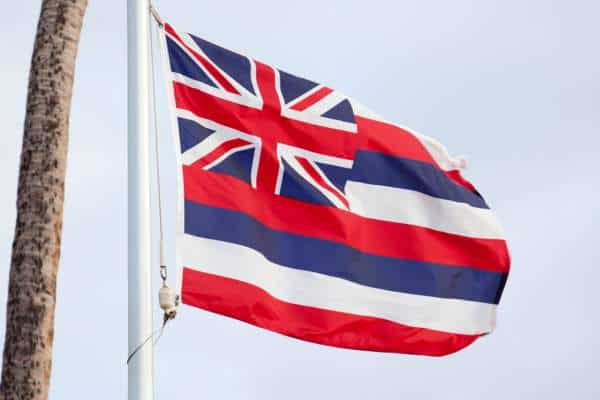
Lastly, and perhaps most importantly, bring an attitude of respect. Hawaii is home to numerous endangered bird species and has a rich cultural history intertwined with its natural environment. Follow local guidelines, stay on designated trails, and remember that you’re a guest in these beautiful islands.
Hawaii is a Haven for Avian Diversity
Hawaii’s isolation from the mainland has allowed for the evolution of a remarkable array of bird species. The islands are home to over 300 documented species, including a staggering number of endemics.
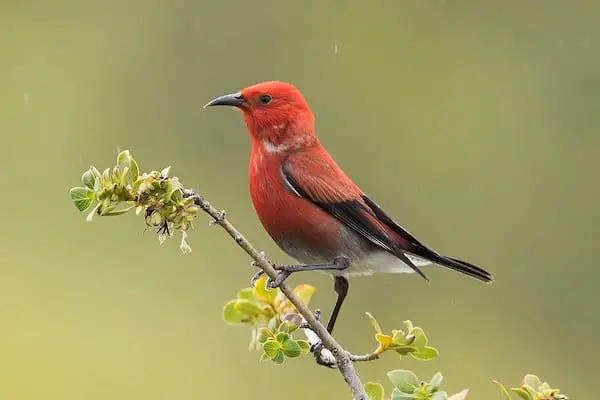
From the vivid Hawaiian honeycreepers, such as the ‘I’iwi and ‘Apapane, to the graceful Hawaiian stilts and majestic nēnē (Hawaiian goose), the avifauna of Hawaii is as diverse as it is captivating.
Island Highlights: Where to Spot Birds
While each island in Hawaii offers its own unique birding opportunities, certain locations stand out as hotspots for observing a wide variety of species. The Big Island (Hawaii Island) boasts diverse habitats, from volcanic landscapes to lush rainforests, where you can spot rare birds like the ‘Akiapola’au and ‘Elepaio.
On Kauai, the Alakai Swamp in Koke’e State Park is renowned for its endemic bird species like the Kauai ‘Amakihi and ‘Anianiau.
The Big Island (Hawaii Island)
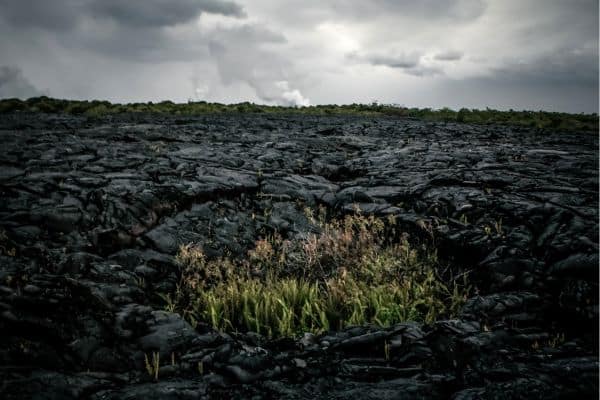
The Big Island boasts diverse habitats, ranging from volcanic landscapes to lush rainforests, making it a haven for birdwatchers.
Some of the key locations for birding on the Big Island include:
- Hawai’i Volcanoes National Park: Explore the park’s unique ecosystems, such as the native rainforests of the Kilauea and Mauna Loa volcanoes. Keep an eye out for rare birds like the ‘Akiapola’au, with its distinctive bill adapted for feeding on tree bark and invertebrates.
- Hakalau Forest National Wildlife Refuge: This refuge is home to numerous endangered bird species, including the ‘Elepaio, ‘Amakihi, and ‘Apapane. Hike through the lush forests and listen for their melodious calls.
Kauai

Kauai, known as the “Garden Isle,” offers a variety of birdwatching opportunities.
Some top spots to explore on Kauai include:
- Alakai Swamp in Koke’e State Park: Venture into the Alakai Swamp, situated within the vast rainforests of Koke’e State Park. This unique ecosystem is home to several endemic bird species, including the Kauai ‘Amakihi, ‘Anianiau, and the rare Puaiohi.
- Kilauea Point National Wildlife Refuge: Head to Kilauea Point, located on Kauai’s northern shore, to witness incredible seabird colonies. Marvel at the graceful red-tailed Tropicbirds and the majestic Laysan Albatross as they soar above the rugged cliffs.
Oahu
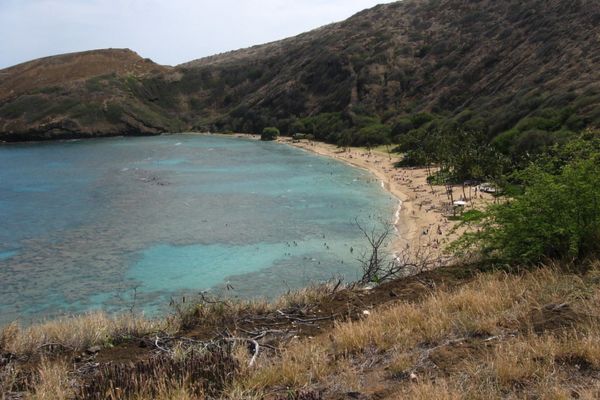
While Oahu is renowned for its bustling city of Honolulu, it also offers opportunities for birdwatching.
Key locations to visit on Oahu include:
- Hanauma Bay Nature Preserve: Explore the coastal areas and rocky cliffs of Hanauma Bay, where you can spot a variety of seabirds, including the ‘Iwa (Great Frigatebird) and the ‘A (Red-footed Booby).
- James Campbell National Wildlife Refuge: This refuge provides a sanctuary for the endangered Hawaiian waterbirds, such as the Hawaiian Coot, Hawaiian Duck, and the Black-necked Stilt. Take a leisurely stroll along the refuge’s boardwalks and observe these unique species.
Maui

Maui, the “Valley Isle,” offers a diverse range of habitats, from pristine beaches to lush forests.
Some notable birding locations on Maui include:
- Haleakala National Park: Explore the higher elevations of Haleakala, Maui’s dormant volcano, where you can find unique species like the Maui Parrotbill, Maui Alauahio, and ‘Akohekohe. Keep an eye out for the endangered ‘Alala, or Hawaiian Crow, which is part of ongoing conservation efforts.
- Kealia Pond National Wildlife Refuge: This coastal wetland sanctuary provides an ideal habitat for migratory and resident waterbirds. Spot endangered Hawaiian stilts, Hawaiian coots, and a variety of shorebirds while strolling along the refuge’s boardwalk.
Lanai
Lanai, the “Pineapple Isle,” is known for its tranquility and natural beauty.
Although smaller in size, it offers rewarding birdwatching opportunities, including:
- Koele Forest Reserve: Explore the cool upland forests of Koele, where you can encounter endemic birds like the Lanai Hookbill, Lanai Thrush, and Lanai ‘Amakihi. This reserve provides a unique glimpse into the island’s native avifauna.
Molokai
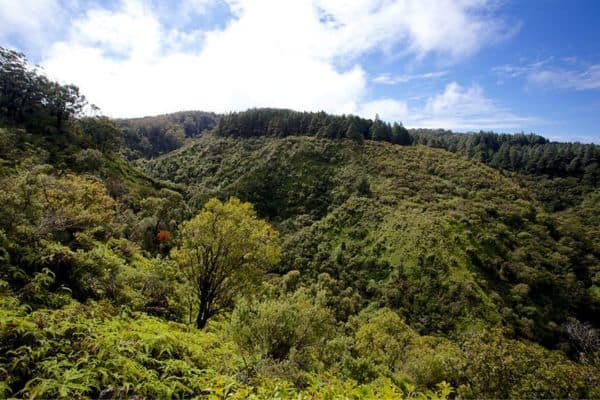
Molokai, the “Friendly Isle,” offers a serene and untouched environment that is home to several endemic species.
While birding options are more limited, there are still notable spots to visit:
- Kamakou Preserve: Venture into the Kamakou Preserve, an extensive rainforest reserve, to observe the Molokai Creeper, Molokai ‘Amakihi, and other rare birds. The preserve’s lush vegetation and mist-shrouded landscapes create an enchanting atmosphere.
These are just a few highlights of birdwatching opportunities on the major islands of Hawaii. Each island has its own unique ecosystems, endemic species, and hidden gems waiting to be discovered. Embark on your birding adventure and immerse yourself in the captivating world of Hawaii’s avian wonders.
Best Time to Visit
Hawaii’s temperate climate makes birdwatching a year-round activity, but certain seasons offer unique opportunities to witness fascinating bird behaviors and migrations. Here’s a closer look at the best times to visit for an enhanced birding experience:
Spring (March to May)
During spring, many bird species migrate through Hawaii, making it an excellent time for birdwatching enthusiasts. As birds journey to their breeding grounds, they often make stopovers in Hawaii, creating a vibrant and diverse avian spectacle. Keep an eye out for colorful migratory songbirds, such as warblers and thrushes, as they rest and refuel in Hawaii’s lush habitats.
Fall (September to November)
Similar to spring, the fall season presents another fantastic opportunity for birdwatching in Hawaii. Migratory birds, having completed their breeding season, return to their wintering grounds, and Hawaii serves as a crucial stopover site along their journey.
This period offers a chance to observe different species and witness their fascinating behaviors, such as courtship displays and territorial disputes.
Winter (December to February)
Winter months in Hawaii bring an abundance of migratory waterfowl and seabirds to the islands. Along the coasts, you may spot graceful seabirds like Laysan Albatross, Black-footed Albatross, and various species of shearwaters.
Many waterfowl species also make their winter homes in Hawaii’s wetlands, providing ample opportunities to observe and photograph them in their natural habitats.
A note about the seasons in Hawaii
It’s important to note that while these seasons are generally favorable for birdwatching, Hawaii’s avian residents can be spotted year-round. The islands are home to endemic species, such as the ‘I’iwi and ‘Apapane, which can be observed throughout the year.
Additionally, migratory patterns and bird behaviors can vary, so checking local birding resources and connecting with local birdwatching communities can provide valuable insights and up-to-date information on bird sightings.
Whether you plan your visit during the spring, fall, or winter, you’ll be treated to an incredible display of Hawaii’s avian diversity, making every season a rewarding time to explore the islands’ birdwatching wonders.
Cost Considerations
The cost of a birding trip to Hawaii can vary depending on various factors, such as the duration of your stay, accommodation choices, and transportation.
Expenses to consider include flights to and within Hawaii, accommodations ranging from budget-friendly options to luxurious resorts, rental cars or guided tours for exploring the islands, and any park entrance fees or permits required for specific birding locations.
Researching and planning ahead can help you find options that fit your budget and preferences. Embark on a birdwatching adventure in Hawaii, where lush landscapes, fascinating bird species, and breathtaking scenery await.
Pack your essentials, choose your preferred islands to explore, and get ready to be mesmerized by the avian wonders that grace this tropical paradise.
